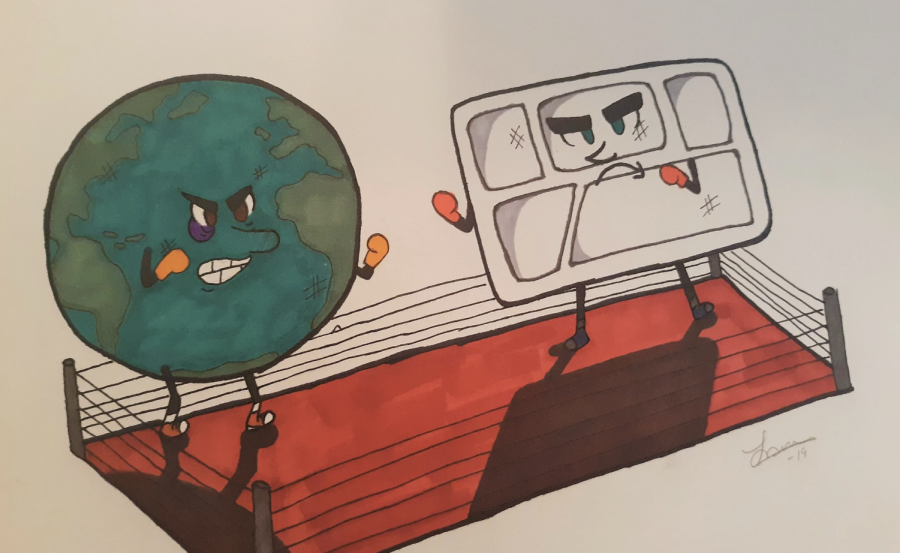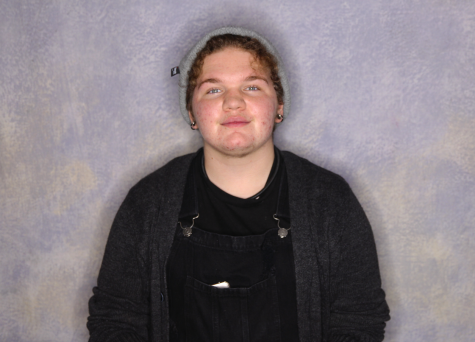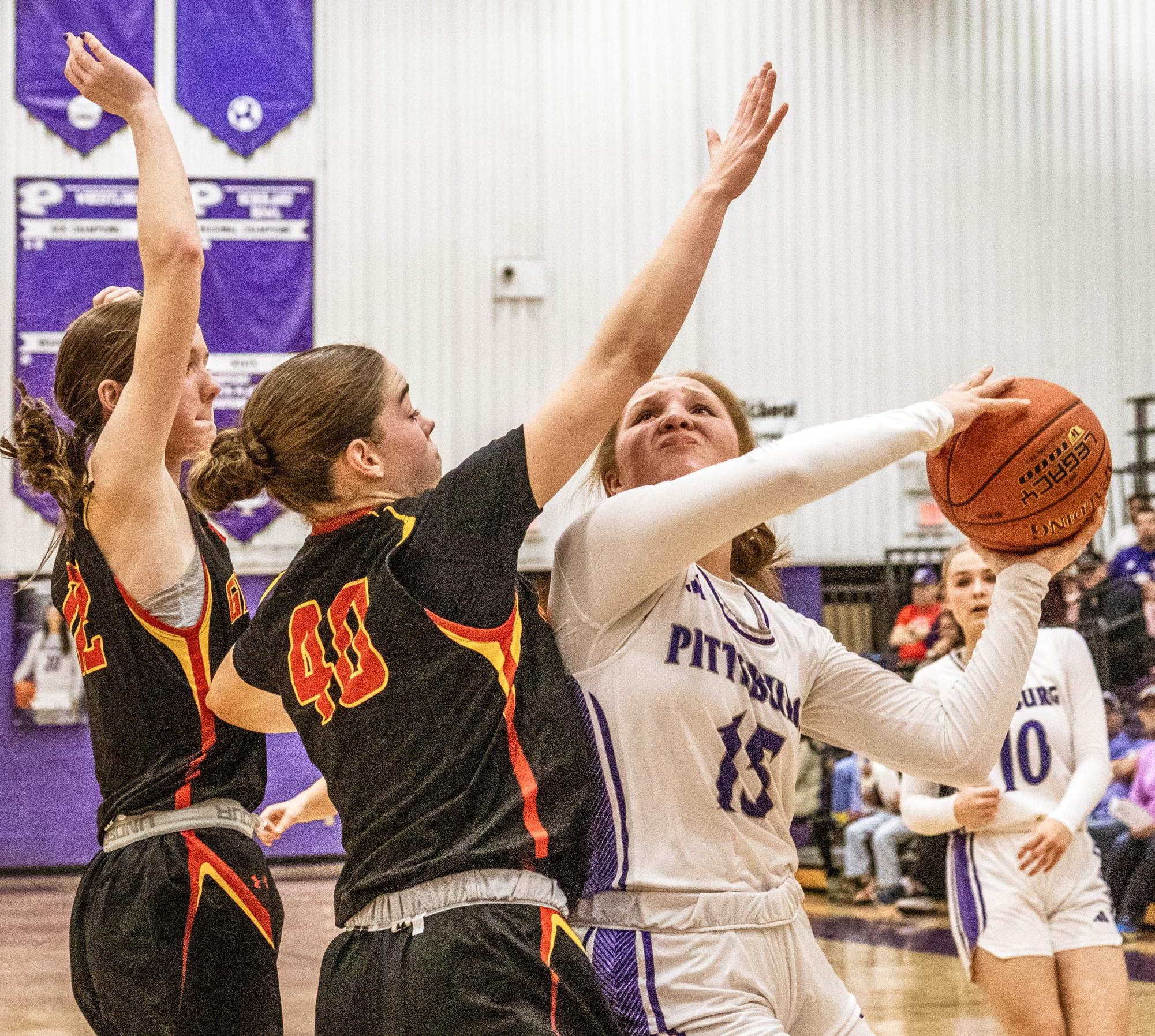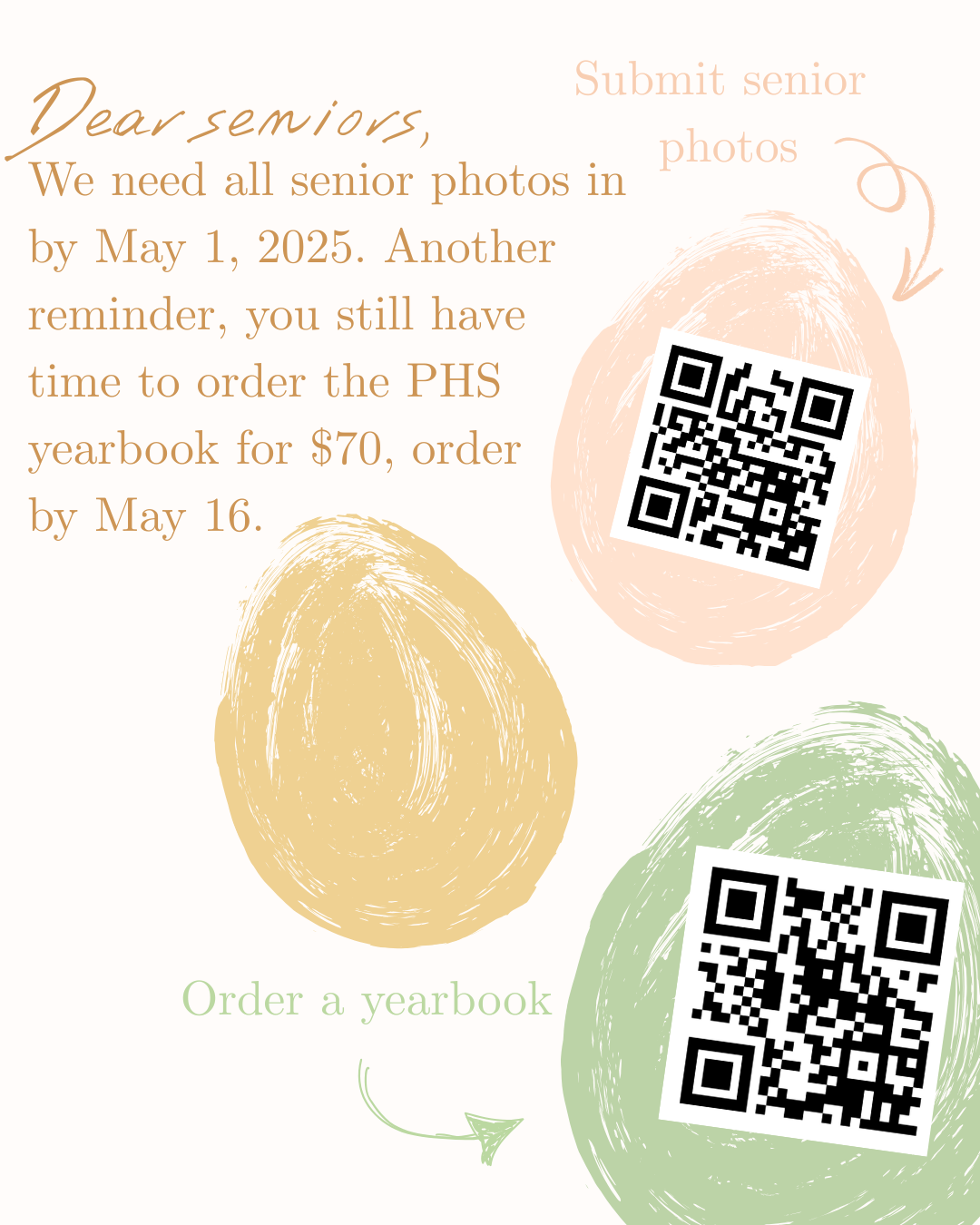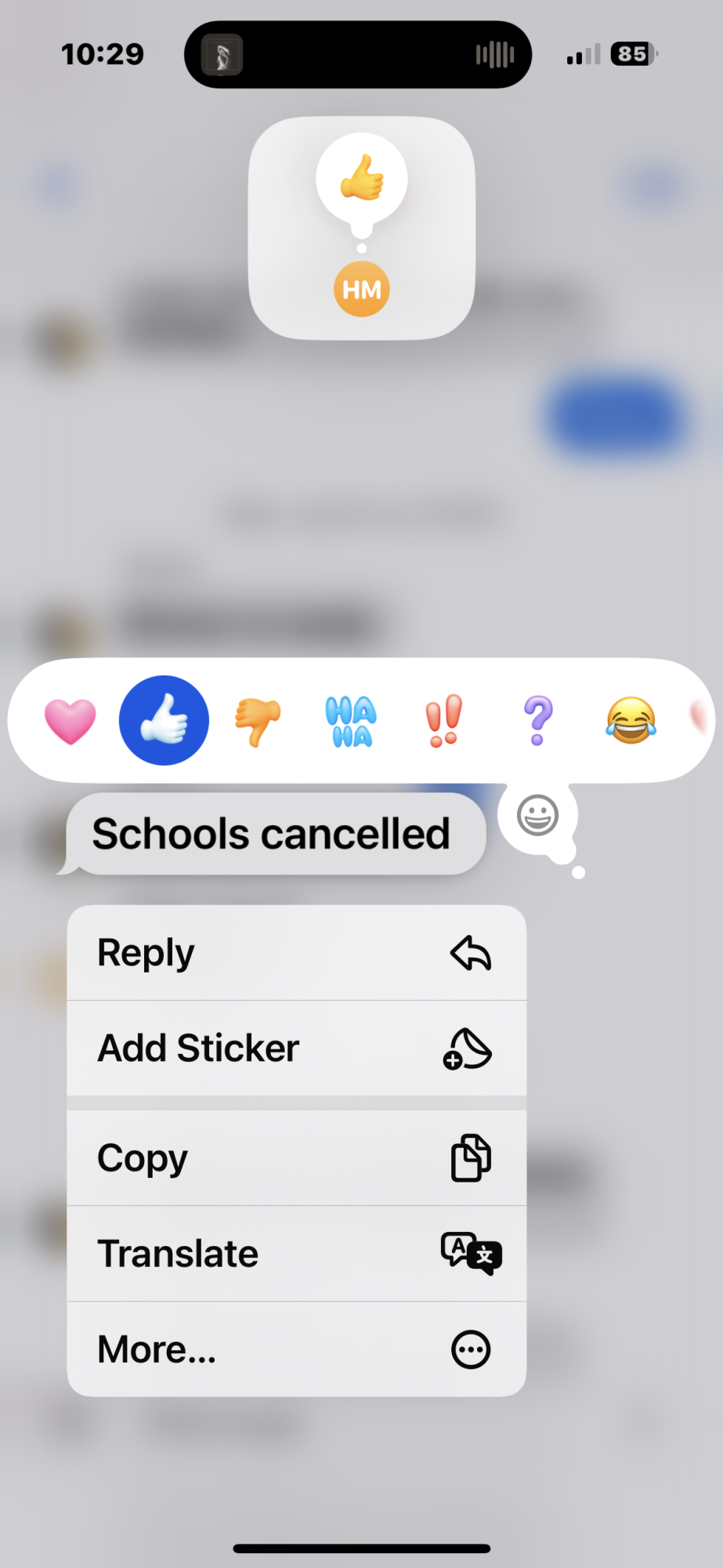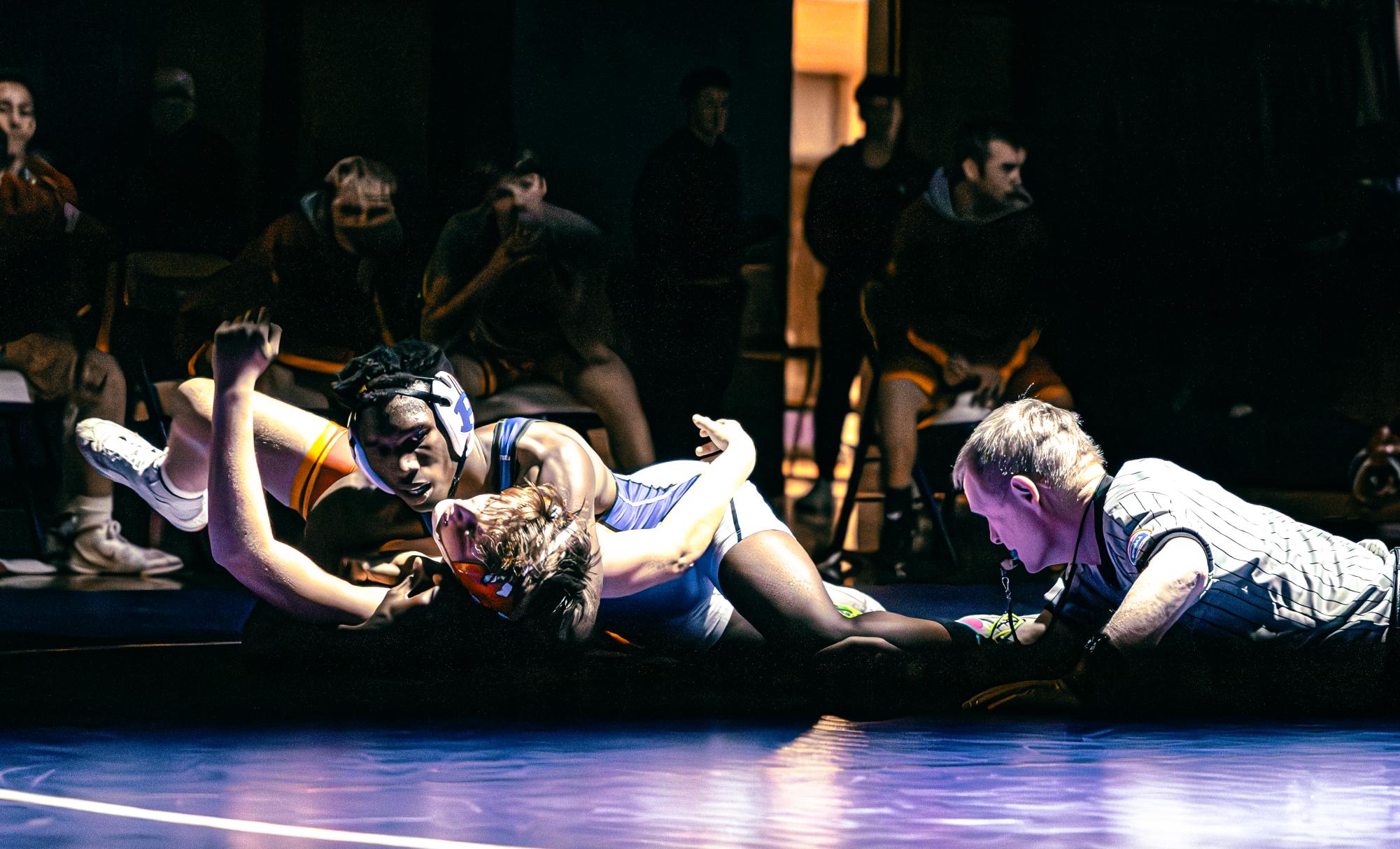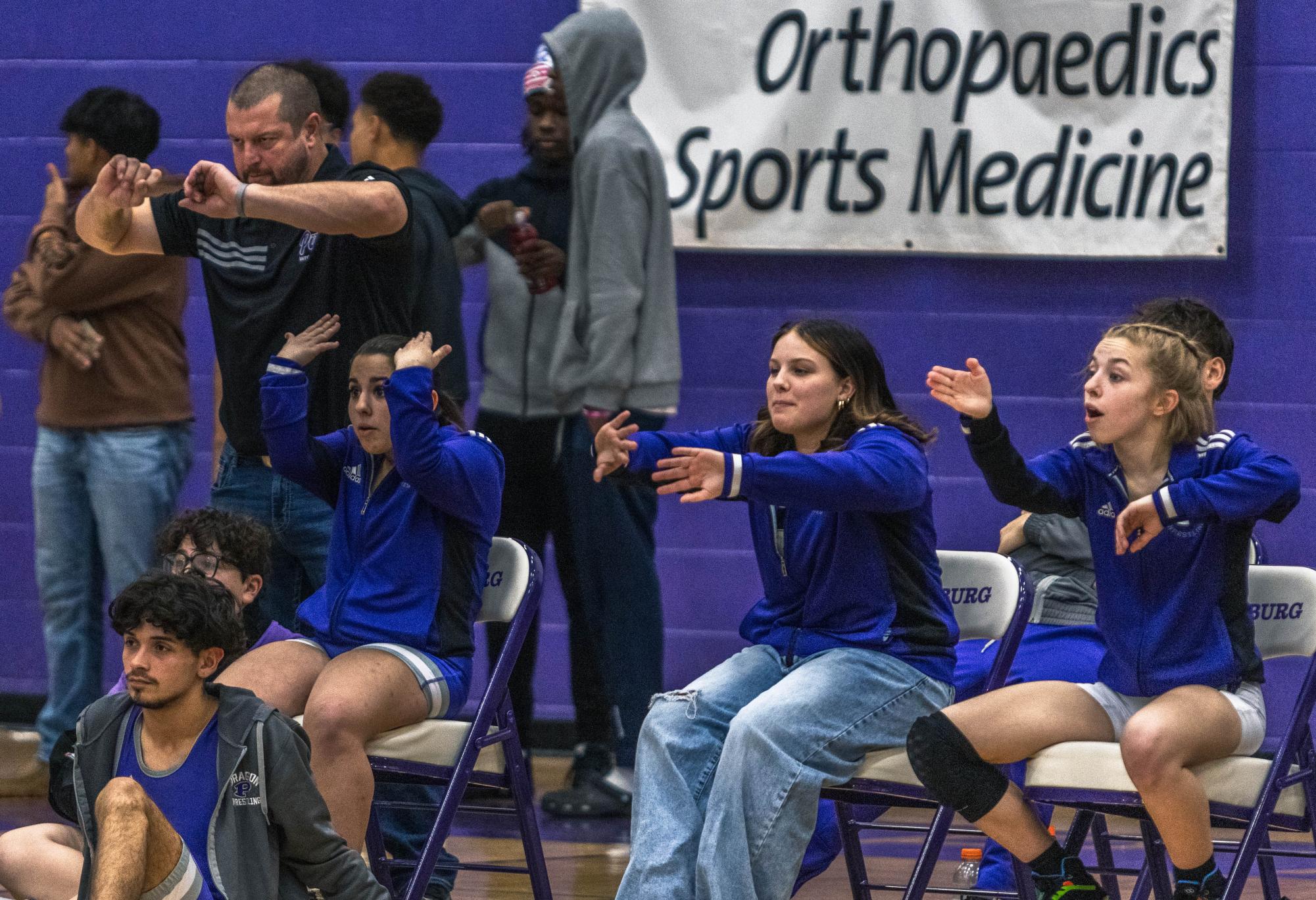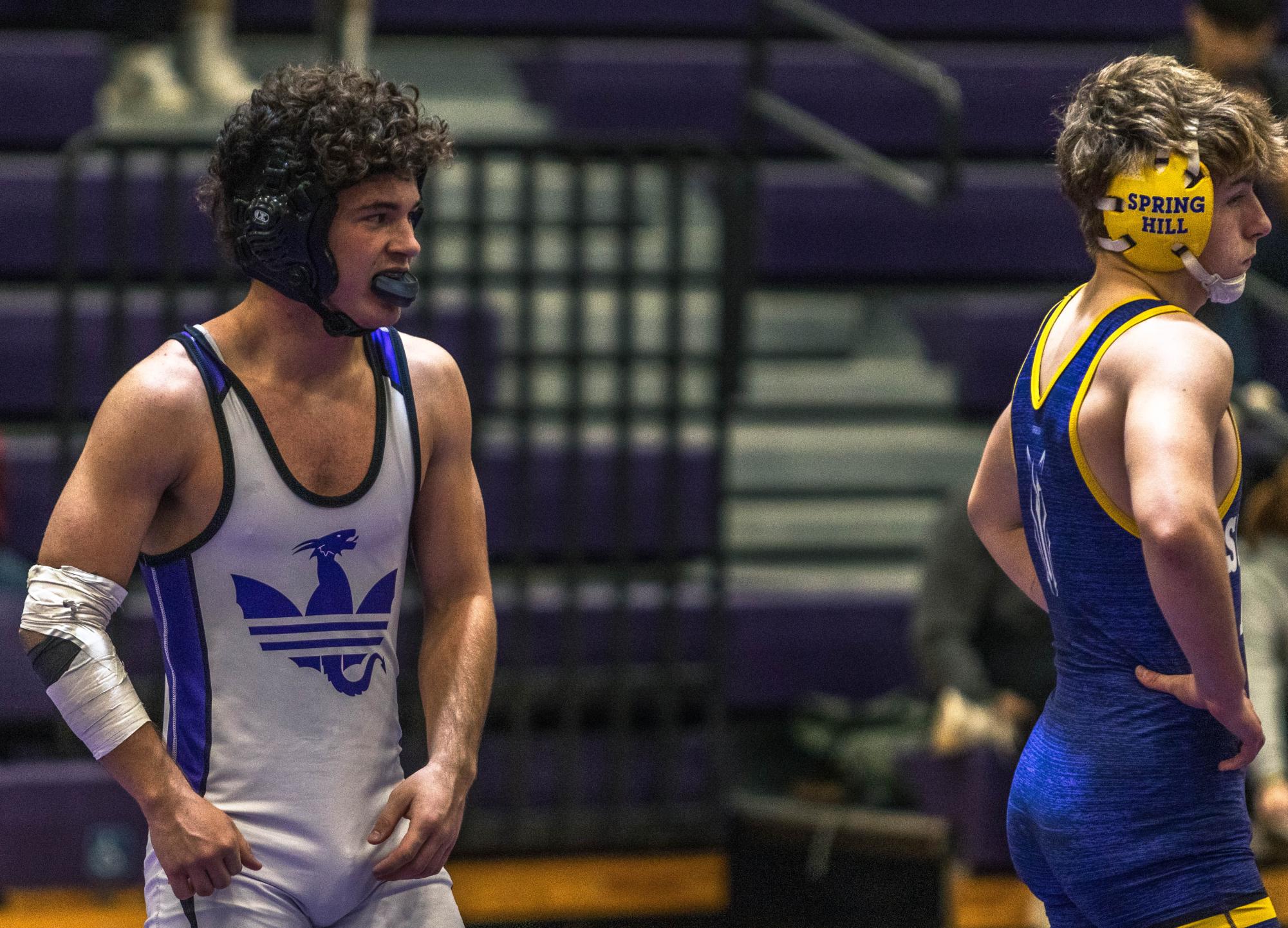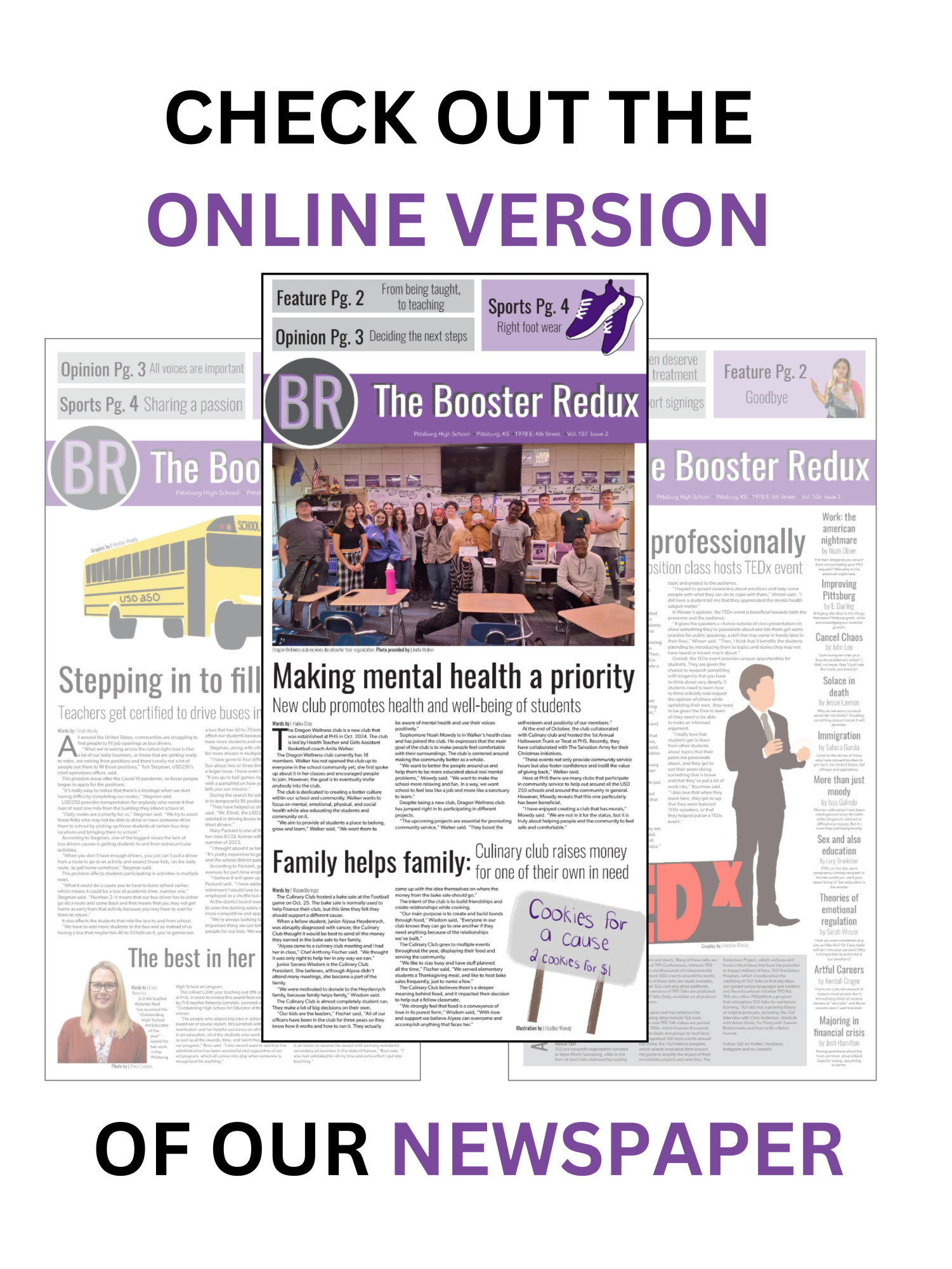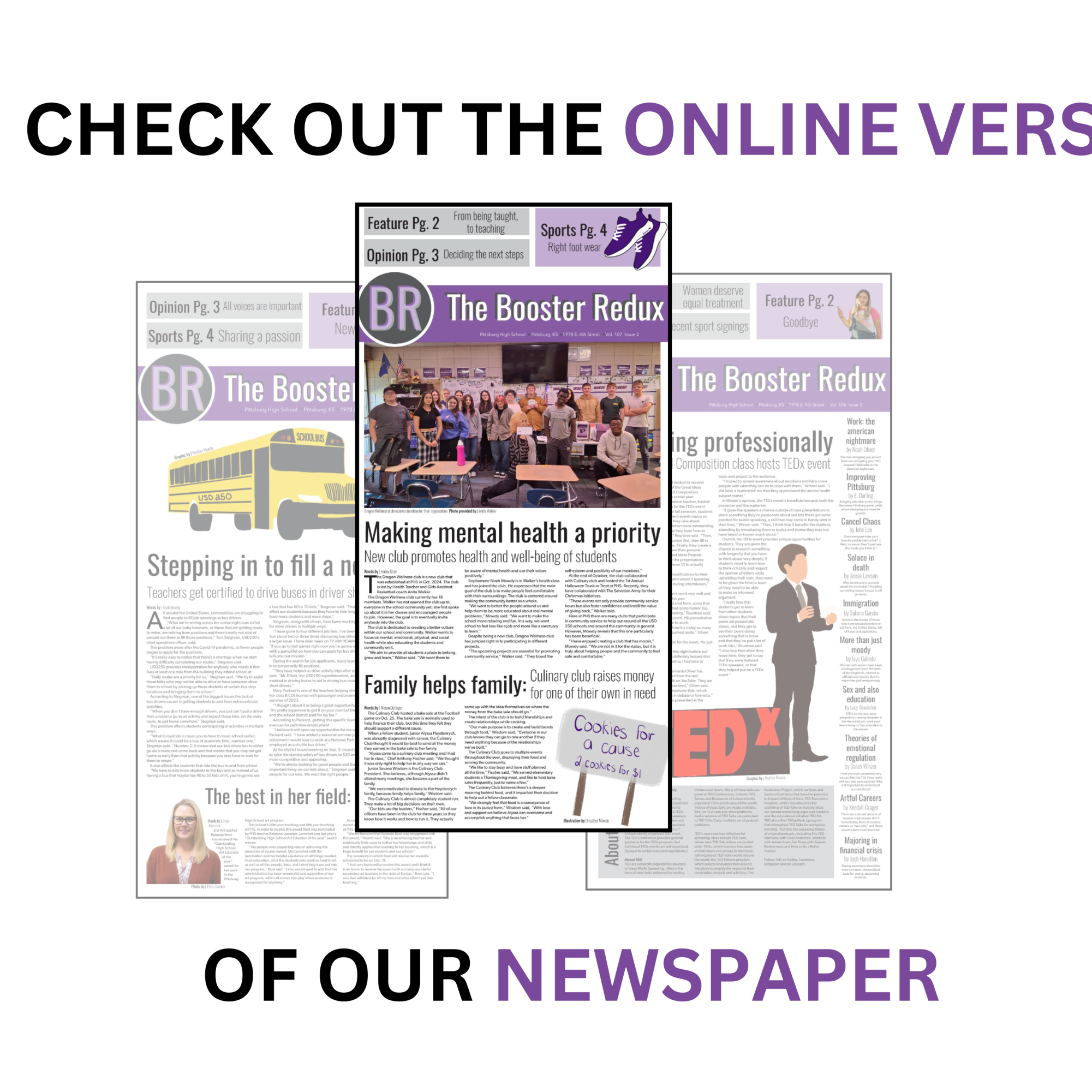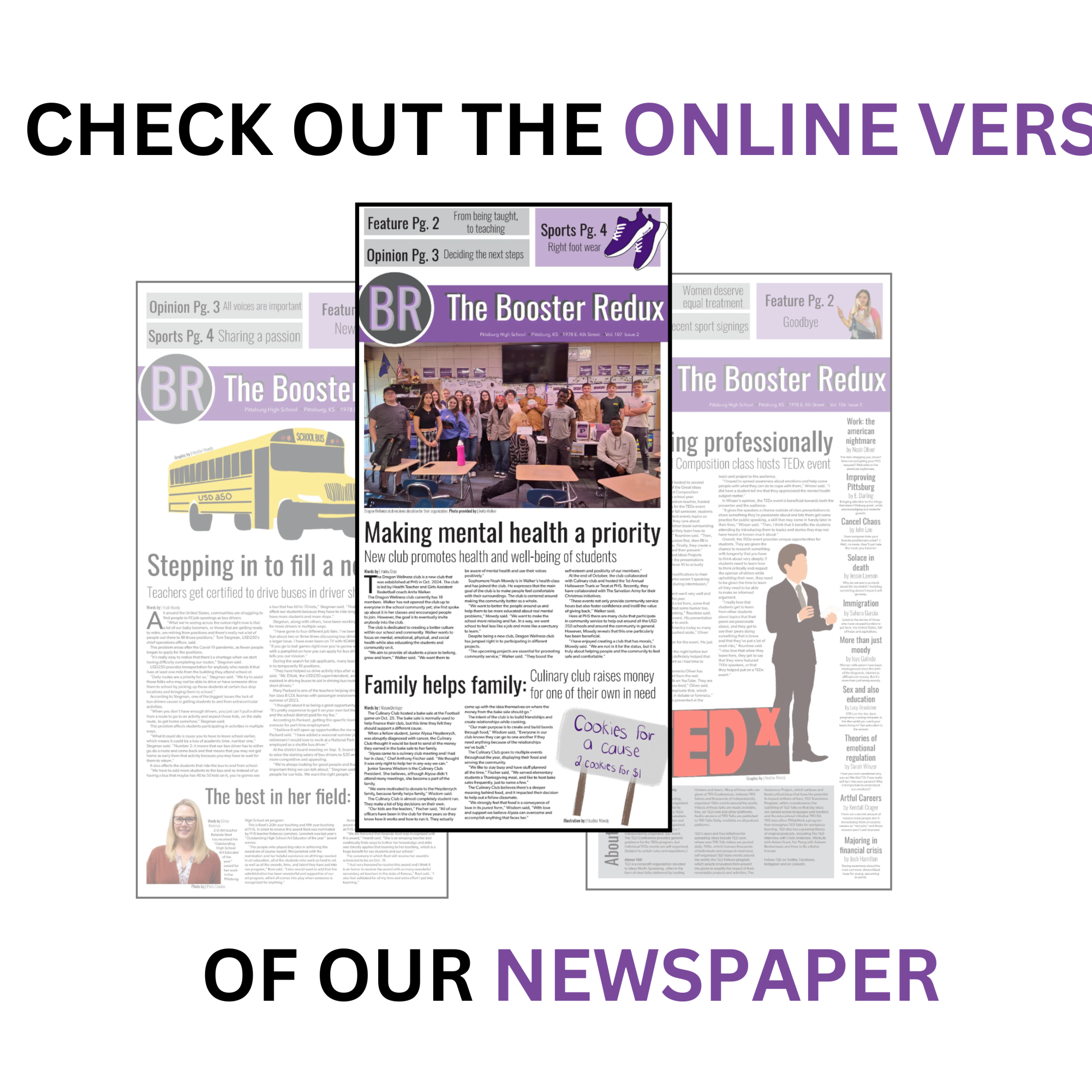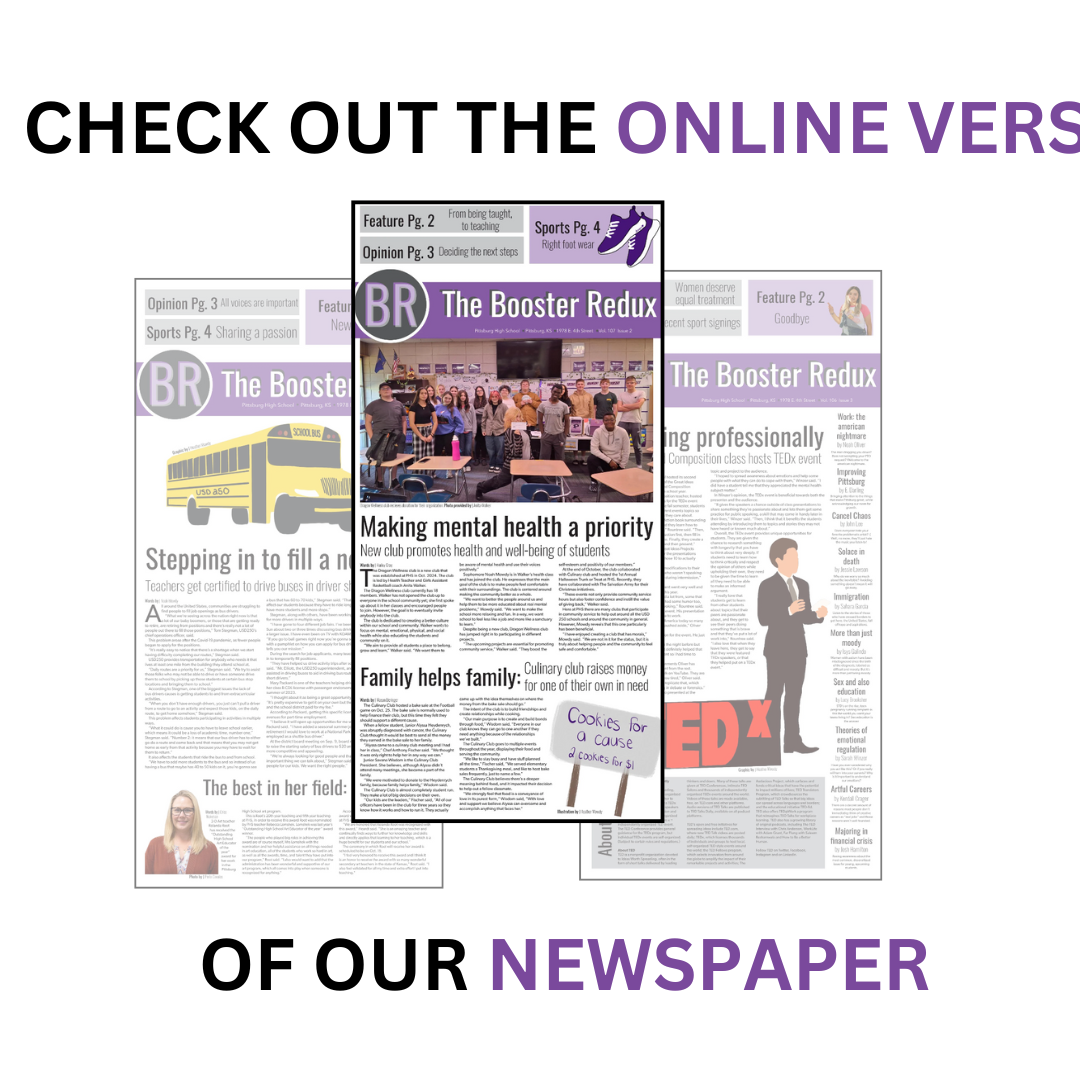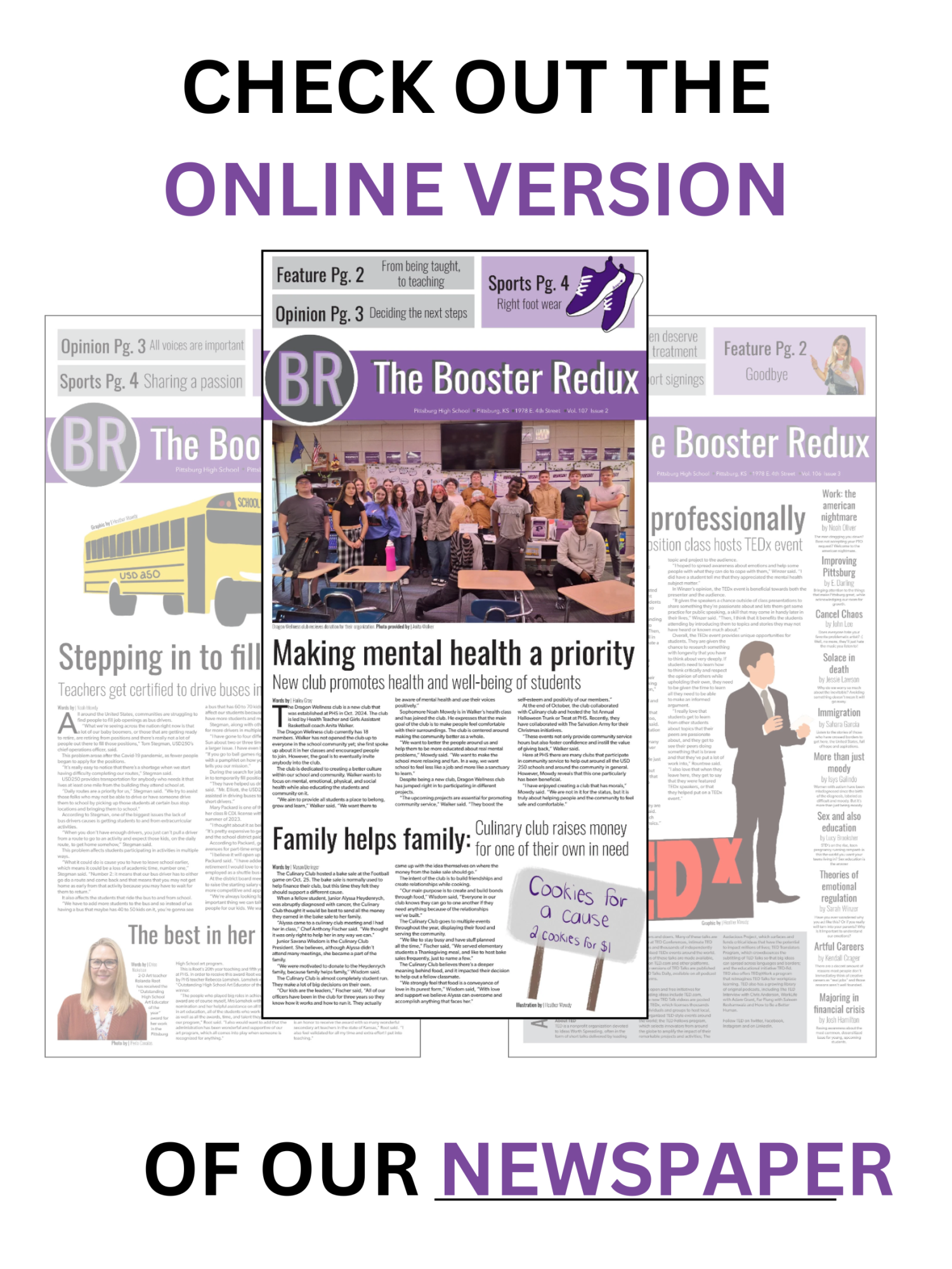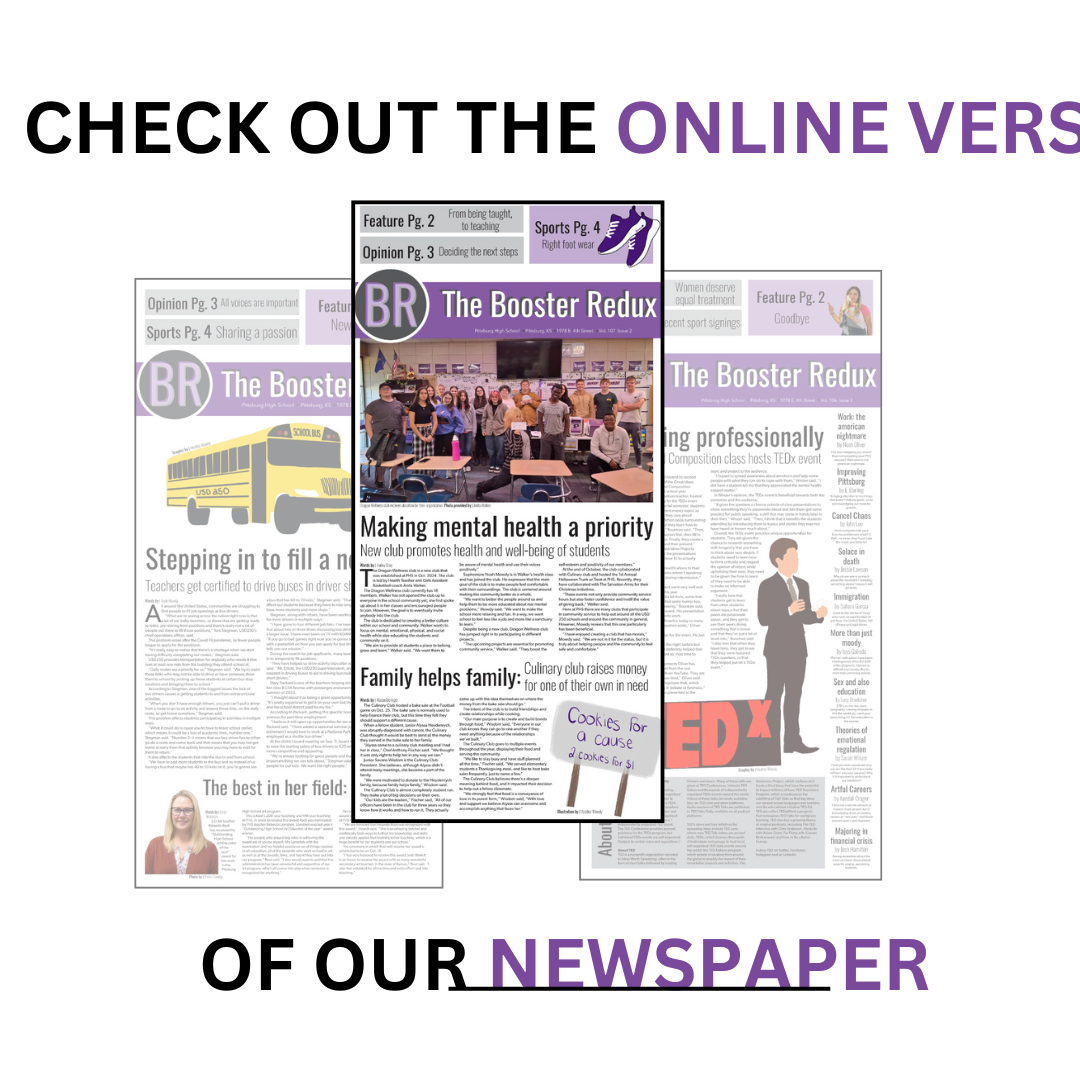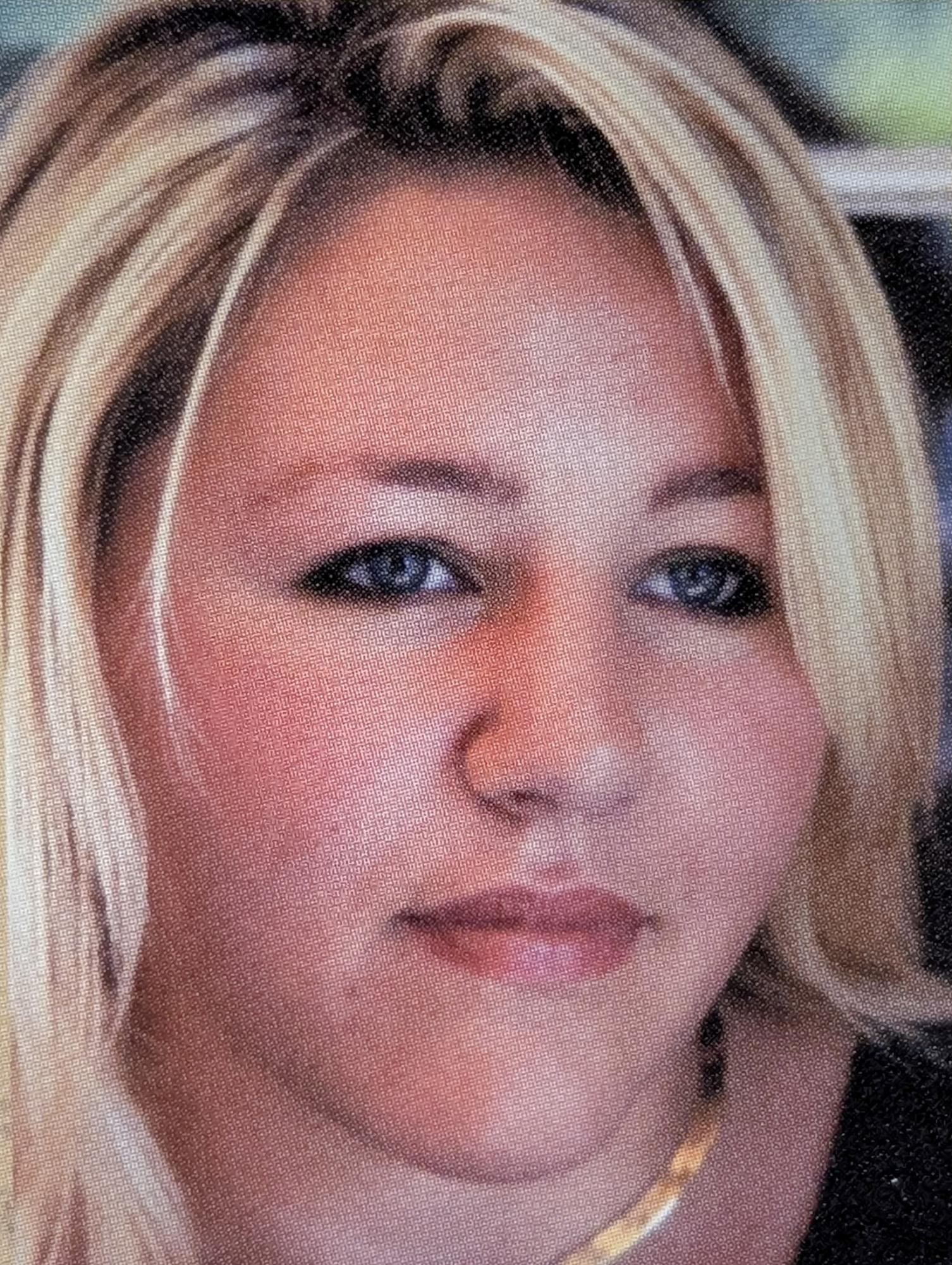The Fight Against Plastic
Photo by: Lane Phifer
April 25, 2019
For as long as I can remember, my science teachers have always told me recycle by saving paper and using as little plastic as possible in order to save the environment. But as the years went by, I started to realize that although we are encouraged to use as little plastic as possible, a majority of everyday items we use in schools are plastic.
But why do we use so much plastic in the first place? I recently found myself asking this question while looking at the styrofoam plate I ate my pizza off of in my school cafeteria.
And truthfully, the entire reason we use plastic to begin with is because it’s affordable and convenient. However, it can leave a major effect on not only our environment, but our loved ones as well.
One of the many causes on how plastic affects us is known as bisphenol A, or BPA — a chemical commonly found in plastic that can cause cancer and even affect your hormonal system. Getting rid of plastic could actually help increase your health and simplify your life.
According to Roni Dengler’s article “Humans have made 8.3 billion tons of plastic. Where does it all go?,” since plastic was invented humanity as a whole has produced over 8.3 billion metric tons of it. Over 6.3 billion metric tons of that amount is considered waste. From our plastic water bottles, eating utensils, lunch trays, and even our smartphones — plastic is everywhere and there’s something we need to do about it.
There are roughly 840 students at PHS. According to nutrition director Summer Warren, more than half of those students eat breakfast and lunch every day. Each month we throw out approximately 8,400 styrofoam trays and 4,000 plastic forks. This action alone is releasing more and more non-biodegradable or recyclable objects into landfills and oceans.
Oklahoma State University student Kim Hart reports that a single student who uses disposable lunch products creates 67 pounds of waste every school year. Essentially, with the number of students that eat each day, PHS can create more than 28,000 pounds of waste year after year in the lunchroom alone.
Roughly five years ago, the USD 250 school district switched from plastic to styrofoam plates due to cost, time management, not to mention the amount of silverware that was ordered each week due to students throwing them away. At the end of the day money talks, but is it truly worth risking our environment over?
Luckily, there is a solution to our problems. To begin with, we can begin using recyclable plastics based off of their SPI (Society In Plastic Industry) codes. At the bottom of your plastic object, there is a number that tells you how to dispose of waste. SPI codes with the numbers 1, 2, 4, and 5 are recyclable, meanwhile numbers 3, 6, and 7 are not and can leave more of a negative impact on our environment.
Secondly, we should have more than just blue recycling bins. With the amount of non-recyclable objects we use in schools, a green or grey bin could help in the long run to help teach students how to reduce and reuse responsibly. We could also switch to molded fiber trays, however, they cost three times the amount of the plates we currently use in schools. It’s not perfect, but it’s a start.
As a student at PHS, I want the best for my school and I believe that making students more aware of the negative outcomes of plastic is important. Because we’re not just saving the environment, we’re saving the lives of people and animals everywhere.


